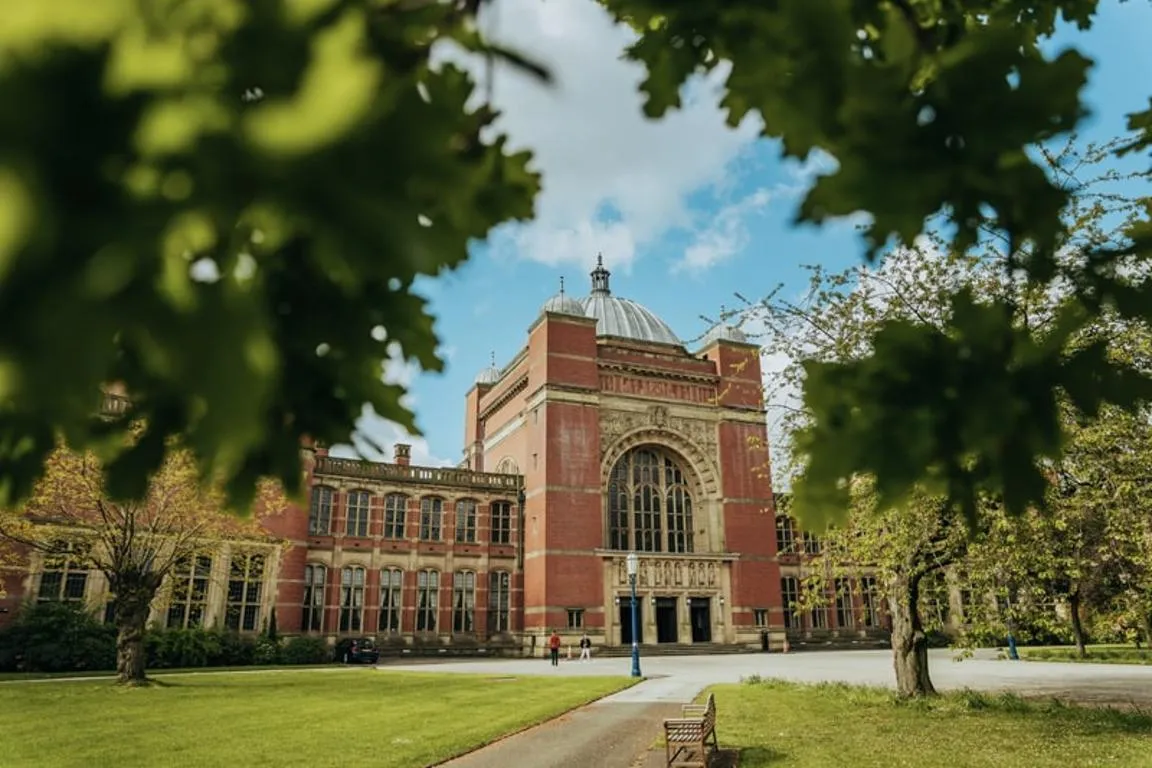Making the underworld visible
Researchers at the University of Birmingham are working on ways of identifying more accurately what is below the ground, saving time and money.
Researchers at the University of Birmingham are working on ways of identifying more accurately what is below the ground, saving time and money.

This post was originally published on the ESPRC blog.
Not knowing the exact location of gas and water pipelines, electricity cables and sewage outlets can result in excavations in the wrong place and cause serious disruption to both utilities supplies and above ground transport. Researchers at the University of Birmingham are working on ways of identifying more accurately what is below the ground, saving time and money.

Knowing where gas and water pipelines, electricity cables and sewage outlets are located is not always easy. Most are carried underground, and some are over two centuries old. The fact that many sit below surface transport routes such as roads, pedestrian areas or railways can mean that maintaining, replacing or installing these can cause serious disruption to both utilities supplies and above ground transport.
Not knowing their exact location can result in excavations in the wrong place which can add to congestion and delays. There is a symbiotic relationship between the surface infrastructure, the ground on which it rests and conduits which lie beneath it: intervene physically in one and the others are almost inevitably affected in some way, either immediately or in the future.
Along with my colleagues, in the Department of Civil Engineering at the University of Birmingham’s School of Engineering, we are working on many of these infrastructure challenges. We are:
If any of the above is of interest, please contact me at n.metje@bham.ac.uk.